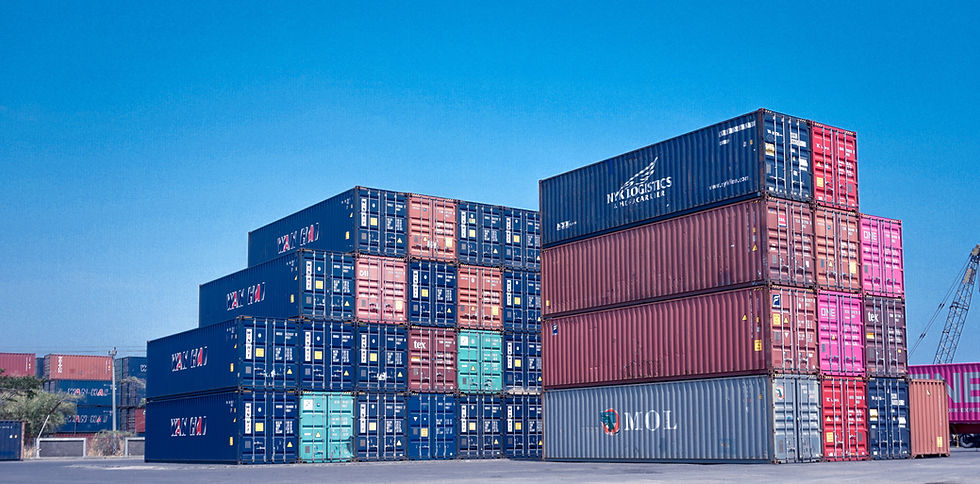By Tyler Britt
Container conditions can be a frustrating aspect of container procurement for beginner and seasoned buyers. Active buyers quickly learn that condition expectation can vary from vendor to vendor, depot to depot, and market to market. Understanding your own needs for container application, along with condition variations, can help hedge discrepancies during the buying process.

Savvy buyers who buy bulk or operate in tight markets are required to make purchasing decisions prior to seeing their desired containers. The demands of the market, and existence of third- and fourth-party interactions with depots, ports, and terminals does not allow for buyers to be overly selective, just intentional. Below is a high to low breakdown of the standard condition types that buyers need to familiarize themselves with, when making an educated buying decision:
New/ One Trip – Unless you are picking a container up from the factory itself, no containers are technically New in the unused sense. They are referred to as “One Trips,” because they were shipped from factory with imported product, rather than empty. This allows for lowered supply chain costs for all. “New” and “One Trip” are synonymous.
IICL – The Institute of International Container Lessors or IICL is a certification and documentation status, that allows a container to qualify for international maritime travel. IICL’s are generally a little older than New/ One Trip but expected to be a little newer than the below Cargo Worthy (CW).
Cargo Worthy (CW) – The typical terminology for what is expected to be an average or above average used container. This is where subjectivity becomes something to be aware of, because often the depot is the qualifier, and condition is subjected to each depot’s inspection protocol. Cargo Worthy is the inspection standard that damage evaluations are used to quote damage repair costs.
Wind WaterTight (WWT) – A used container that seals. Typical assumption is that the container will be a little older and more worn than a CW. A sealed container is one that doors fully close and has no puncture or hole damage.
As Is – Means that the seller probably has little understanding themselves of the condition, so the container is sold “as is”. The seller does not expect damages but will not vouch for the container condition. Generally, results in lower cost than CW or WWT.
Damaged – Damages can come in all shapes and sizes, but generally a container is labeled “damaged” due to being evaluated and receiving a damage report. This is performed by a depot, terminal, or port. When buying damage containers damage reports specify damage, but damage report availability can be difficult to come buy so the buyer’s risk is hedged with the lower cost value of the units.
Scrap/ Total Loss – Containers that are beyond use for their original purpose. Many steam ship lines use the term “Total Loss”, for similar reasons as the “as is” conditioning. They may have no idea of the specific damage, so utilize “Total Loss” to bypass inquiries for damage reports.
Smart buyers must overcome the inherent subjectivity of container conditions within the industry. It is important to be honest with yourself about what you are using the container for. If a builder has a set standard for the structural integrity of a unit then New/ One Trips remove all doubts, but if it works to sand and paint a dented/rusted unit, then no need to buy high end equipment. Do not take chances if your margin for error is low.


Comments